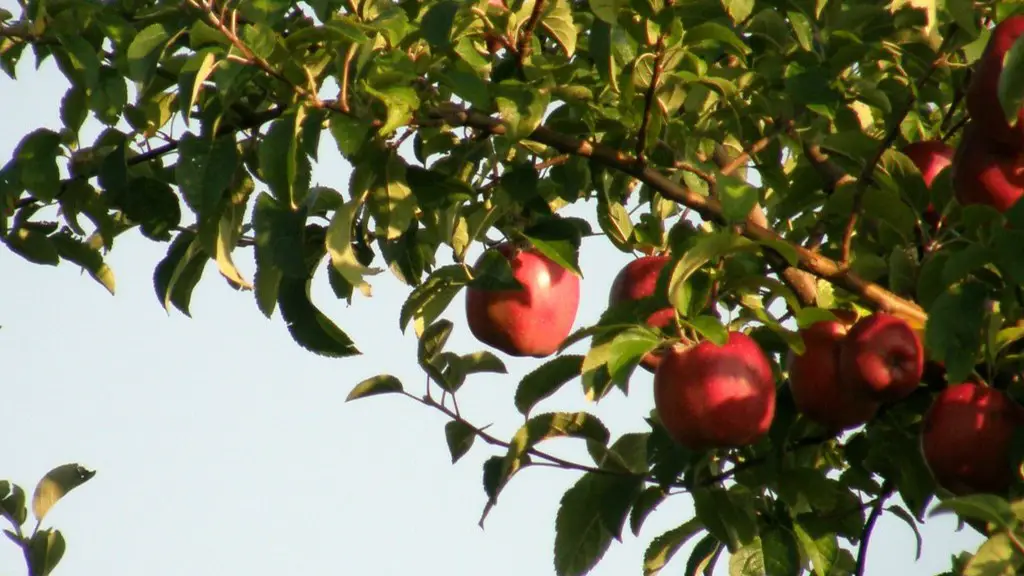Palm trees are distinct from other trees in many ways. They are often the most recognizable trees in a landscape due to their distinctive fan-like fronds, with most species being easy to recognize from a distance. Some of the most distinctive characteristics of palm trees are their fan-like leaves, and their ability to tolerate adverse growing conditions, like high levels of salt, where other trees cannot. Palms also have the ability to store large amounts of energy, enabling them to live up to two and three decades in some cases. These trees are also extremely adaptive and can grow in various environments and often become a permanent fixture in the landscape because of their ability to survive extreme temperatures, drought and flood.
The diverse range of palms that are available, including hardy species, dwarf palms and evergreen species, also make them special, giving people choice when it comes to selecting trees for their landscape. Palms tend to be easy to care for and maintain, with some simple pruning and/or fertilization practices often keeping them looking great in the garden for years to come.
Palm trees, because of their distinctive fronds and trunks, also add unique design or aesthetic touches to landscaping projects. The shape and growth habit of the palm trees can add visual appeal to a residential or business property, making them a popular addition to any area. Palms are also generally quite hardy and adaptable, meaning that they can survive in many different climates without needing to be replaced often. They require minimal care and provide stunning visuals, this is why many homeowners are utilizing palms as a way to really spruce up their outdoor spaces.
Palm trees are also popular in large-scale residential gardening projects, with some species such as Queen palms, date palms, and Areca palms being especially popular choices among gardeners. These species tend to tolerate a wide range of soil types and climate conditions, making them great for areas with more temperamental seasonal climates. Their ability to thrive in different environments also means that they can be used in many different types of landscaping projects, from large deserts to tiny gardens.
The hardiness and durability of palms makes them a good choice for those looking to invest in trees for the long-term. They require minimum maintenance and often grow to impressive heights, with some species such as the Date Palm reaching heights of up to 25 metres. This makes them perfect for blocking out unwanted sunlight or providing privacy from neighbouring homes.
Overall, for those seeking to spruce up their landscaping projects, investing in a palm tree is an excellent choice. From their hardy disposition to their decorative fronds, these trees offer plenty of benefits that make them a great addition to any landscape. Not only will they last for decades, but they will also add a unique character to any outdoor space.
Environmental Benefits of Palms
One of the major benefits of investing in palms for landscaping is their long-term environmental advantages. Palms are capable of producing large quantities of oxygen, helping to clear the air and reduce smog in the environment around them. Palms are also excellent for use in household gardens, since they create a great backdrop for other plants such as flowers and vegetables.
Palms are also incredibly good natural filters that can remove pollutants from groundwater sources, helping to reduce contamination from fertilizers, pesticides, oil and other industrial contaminants. By planting palms in water sources, homeowners can help to keep these pollutants from entering their gardens and ultimately, the rest of the local environment.
Also, due to their ability to capture and store large amounts of energy, palms are an effective way to reduce energy consumption in the home. By planting palms near windows in the home, homeowners can block out direct sunlight and reduce the need for air conditioning. Palms also help to reduce noise pollution, providing a natural barrier against noise pollution in the home.
In addition to the environmental benefits, planting palms can also improve the health of local wildlife by providing a rich and diverse habitat. The fronds of a mature palm tree can provide shelter to birds and small animals, and their roots help to prevent soil erosion in the garden or landscape. This means that, as well as being an attractive addition to the home, palms can also provide multiple benefits to the local environment.
Pest Control Benefits of Palm Trees
Palm trees are known to have excellent natural pest control properties, making them a great choice for homeowners looking for organic pest control solutions. Most palm species have natural defense mechanisms that repel pests such as spider mites, mealybugs, and aphids. One of the most common pests is the Palm Weevil, which feeds on the bud and leaves of the palm, causing a significant amount of destruction. However, most palm species also have natural defense mechanisms which attract predators of the Palm Weevil, such as the ladybug and wasp, thus protecting the palm tree.
Additionally, palm trees are also known to be an effective way to reduce the presence of mosquitoes in the surrounding environment. Palms emit a strong aroma that is unpleasant to mosquitoes, and as such can help to reduce the presence of these irritating pests in the home. Other species such as the Date Palm, Areca Palm and Coconut Palm, have proved effective in pest control and can be planted in the garden to keep these pests at bay.
Overall, the natural pest control properties of palm trees can prove extremely beneficial for the home, as well as providing a host of other benefits such as improved air quality and natural filtering capabilities. It goes without saying that investing in palm trees is an investment that pays dividends in multiple ways.
Cultivating Palm Trees
The popularity of palm trees means that there are a number of ways to cultivate these beautiful additions to the home. Many people simply purchase young plants from local nurseries in order to bring palms into the home. For those who wish to start their own palm groves, however, there are a few important pre-planting considerations to bear in mind.
Most important to consider is the type of soil that is present in the area the plants are to be planted in. Palm trees thrive in certain soils, such as those with deep, rich organic matter. Prior to planting, it is important to determine the type of soil that is present, as this will help determine the type and variety of palm tree that is best suited for the region.
Fertilizing is another consideration as palms benefit from a regular application of fertilizer in order to remain healthy and strong. This helps to reduce weeds, increase flowering and reduce the risk of pest infestation. Mulching is also important for palm trees, especially when planted in sunny regions. This helps to retain moisture, prevent erosion and provide additional nutrients for the plants.
Finally, pruning is important in order to remove dead leaves and stimulate new growth. Palms should be pruned regularly in order to keep them healthy and encouraging more new growth and flowers. Pruning can be done by hand or with the help of specialised pruning tools.
Harvesting Palm Trees
When planting palms at home, it is important to consider the potential for harvesting the fruit, nuts and other products from the trees. While it can be a lengthy process, harvesting these products can offer homeowners a variety of benefits and uses. Most palms produce a heart shaped fruit, which are often eaten raw or made into jams, wines and even beer.
Similarly, many palms also produce nuts that can be collected, processed and roasted. This can provide a delicious snack and even a useful source of oil. Date palms are a popular choice for those looking to harvest fruits and nuts, with their fruits being highly sought after in many cultures. However, some species of palm also produce edible seeds and vegetables that can be used in many recipes.
While palm trees require minimal maintenance, harvesting the fruits and nuts of these plants is an important consideration for homeowners. It is important to research the harvesting process and ensure that the trees are able to produce a healthy yield before harvesting.
Saving Palm Trees
Due to the popularity of palm trees, some species are now threatened by overharvesting and destruction of natural habitats. This means that there is now a need for increased conservation efforts to ensure that these valuable species are preserved for generations to come. One way to do this is to consider purchasing sustainably grown or harvested palm trees from a reputable source.
By purchasing palm trees from sustainable sources, this helps to reduce the demand on wild populations and encourages sustainable harvesting practices. In addition, it is important to research the various species of palm trees and make sure they are suited to the local climate and conditions before investing in them. This will ensure that the trees will not only survive, but thrive in the local area.
Finally, it is important to remember not to overcrowd palm trees when planting them. This helps to increase airflow and reduce the risk of pest infestation. Furthermore, it is important to remember to water the palms regularly and prune them to keep them looking healthy and strong.




